 A Billboard Insider reader asks: “I am carving out a billboard easement on a property which I own and want to sell. How big should the easement be. Should it just cover the base of the sign (10’ by 10’ ) or should it be larger (say 50’ by 50’) to cover the footings and the above ground footprint of the sign?” Billboard Insider asked 7 out of home legal experts to comment. If you need out of home legal help you can’t go wrong with any of the names below.
A Billboard Insider reader asks: “I am carving out a billboard easement on a property which I own and want to sell. How big should the easement be. Should it just cover the base of the sign (10’ by 10’ ) or should it be larger (say 50’ by 50’) to cover the footings and the above ground footprint of the sign?” Billboard Insider asked 7 out of home legal experts to comment. If you need out of home legal help you can’t go wrong with any of the names below.
Richard Rothfelder, Rothfelder Falick says the easement should include the sign’s footprint plus room to maneuver.
We generally recommend several different easements under these circumstances, including an access easement, for getting access for changing copy, repairs, and maintenance, which must be across the adjacent property to the sign site; an aerial and visibility easement, which prevents other structures, billboards, or vegetation from blocking the view of the signs; utility easements, for the purpose of installation and maintenance of electricity and communications lines; and for this purpose, the actual sign site easement, which must be at least as large as the sign’s above ground footprint (i.e., 50’ x 50’), plus room to maneuver.
J Allen Smith of Settle Pou says the bigger the footprint the better.
I have seen billboard easement interests run the gamut from an easement on the entire land (for purposes of relocation, access and visibility provisions) to a small portion under the sign. The more the better but understand the issues in dealing with the fee owner in these instances and typically, I see easements that cover the rectangular area a few feet around the circumference of the sign structure. But such smaller easements usually have additional visibility and access easement rights that pertain to the entire tract of land involved along with a right of relocation onto the remainder in the event of a condemnation of a portion of the property that could affect the structure. Of course, this is a valuable right in the property and it is advisable to have a plat with surveyed legal descriptions accurately describing the easement rights attached and incorporated into the easement granting document and it needs to be recorded in the real property records.
Michael Galasso of Robbins, Kelly, Patterson & Tucker says try to get a 50′ by 50′ easement.
Assuming it’s a 14 x 48 sign, we aim for the access and sign easement (excluding line of sight which varies based upon location and set back) to be 50’ by 50’. For smaller signs, 25’ x 25’ seems to be the most common. The measurements usually come from the surveyor.
Marnie Christine Cody of Hamlin|Cody says use the footprint of the entire structure
As between the base of the sign or the footprint of the entire sign structure, we strongly recommend that latter. And the easement should afford the grantee access across the land to make repairs, maintenance, and upgrades to the structure, the ability to bring or continue power and utilities to the structure and protect a view corridor across the premises’ airspace. Often it helps to have these surveyed and/or described and depicted in detail in the recorded easement. We have written some blogs about billboard easements and lease considerations that may also be helpful here:
- Billboard Easements and the Power of Visibility (hamlinlaw.com)
- 10 Essentials in a Billboard Easement Agreement – Hamlin | Cody (hamlinlaw.com)
- Three Reasons Why It’s Important to Detail Improvements in a Billboard Lease – Hamlin | Cody (hamlinlaw.com)
Jennifer Sloane of Sloane Law Office says bigger is better for the easement size.
There is no right or wrong answer on this one and often the answer is driven by what the landowner will accept.
Often a landowner with a commercial property will ask for the smallest easement area possible so that it won’t interfere with other future uses of the property such as ingress/egress onto the commercial property. If you create an easement that is a small square which only encompasses where the pole goes into the ground, the most important item on your checklist should be ensuring that the air rights are clearly spelled out and that the sign can exceed the easement area in the air above the Property (not just the easement area).
A landowner with a large vacant property or a parcel that has a lot of unused frontage might not care that the easement area is styled as a rectangular area that covers the arial footprint of the entire structure and if that’s the case, I would opt for this format. If you create an easement that is covering a rectangular area that is equal to the arial footprint of the sign, the most important item on your checklist should be ensuring that you have the right to extend a reasonable distance beyond that footprint for things such as illumination devices or cameras.
Things that might drive the decision one way or another for an operator: (a) if there is a lot of vegetation on the ground and the landowner is trying to get the operator to maintain the vegetation on the easement area, then the operator may opt for a easement area that just covers the pole in the ground; (b) if the owner is requiring the operator to pay a proportional percentage of the property tax for the area used by the easement, then the operator may opt for a small square easement covering just the pole placement to reduce the amount of property taxes the operator will have to pay; (c) if the parcel is extremely small, then the operator will want the larger rectangular easement area to ensure that the remainder of the lot cannot be used in any way that would clearly interfere with the visibility of the sign given the small nature of the lot; and/or (d) other easements on the property, such as existing utility easements, might mandate that you use a smaller easement area on the ground.
It is important that an operator and landowner agree as to what the easement area will look like before hiring the surveyor, and that the operator clearly explains to the surveyor what the operator wants the easement to look like. Otherwise, the operator will find themselves paying extra to the surveyor to go back out and revise the survey.
I have done hundreds of easements over my 25 years in this industry and, all things being equal, I always prefer the larger rectangular easement area over the smaller easement area, primarily to leave the operator with some wiggle room as to pole placement at the time of construction.
Glenn D Wright, Wright Law Firm, P.C. says don’t forget about other requirements.
Michael F Wright says lots of things matter besides the footprint.
First, a disclaimer: This response does not constitute legal advice, which can only be given based on knowledge of the reader’s specific circumstances. I don’t have that knowledge here. But I can offer a general observation: There should be a relatively narrow exclusive easement of the property directly beneath the billboard. The exclusive easement will prevent interference with operation of the sign without unduly limiting other uses of the property. But there should also be a non-exclusive easement over much of the property for electrical lines, maintenance, repairs, replacements, etc. Sooner or later, the sign operator will need to bring in equipment and personnel to remodel, digitize, repair, or remove the sign. When that happens, the sign operator needs plenty of room. Normally, these are rare events, so a nonexclusive easement works for the lessor and the sign company. There should also be a non-exclusive easement for view, air and light to provide the sign with an unobstructed view by people traveling on the roads or highways from which the sign is to be seen. Specific circumstances may counsel a different combination of easements in a given case, but the above reflects our experience.
To receive a free morning newsletter with each day’s Billboard insider articles email info@billboardinsider.com with the word “Subscribe” in the title. Our newsletter is free and we don’t sell our subscriber list.
Paid Advertisement
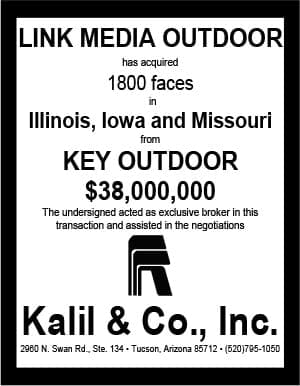








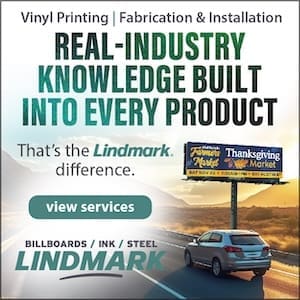

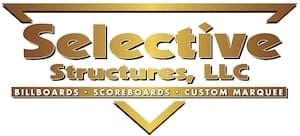
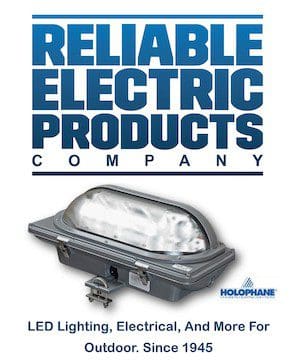

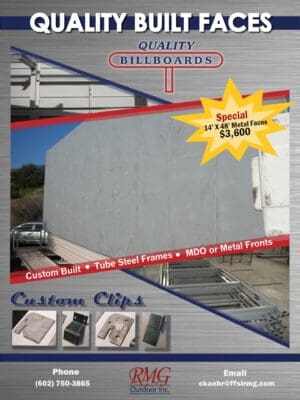



From a real estate appraisal standpoint the actual sign site easement is an “easement in gross” for a purpose that can typically be sold without the underlying fee property owner bring aware of the sale. This is different than an “easement appurtenant” such as an access easement across a property to get ti another property or the “easement in gross”. Will the appurtenant easement for access go with a transfer of the easement in gross? All parties should be careful if constructing a complex set of easement s..